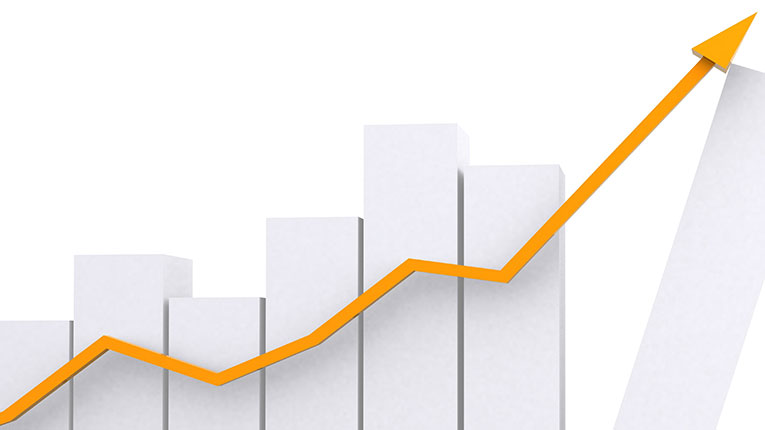The annual inflation rate is expected to extend its upward trend until the middle of next year, implicitly rising above the target range and above, mainly as a result of the large increases expected to be recorded by energy prices in the quarters IV 2021 and I 2022, shows the National Bank of Romania (BNR).
“The annual inflation rate is expected to extend its upward trend until the middle of next year, implicitly rising above the target range and above, mainly as a result of the large increases expected to be recorded by energy prices in IV 2021 and I 2022, in the context of the sharp rise in international quotations, but will then see a relatively rapid downward adjustment, returning in the third quarter of 2023 within the target range, amid broad base effects and increasing conditions in a probably much slower pace of the surplus of aggregate demand, on a significantly lower trajectory than the one forecasted in August,” it is said in the release regarding the BNR Board of Directors’ Decisions on monetary policy issues, according to Agerpres.
The central bank notes that measures to offset growth and cap on electricity and natural gas prices for the population presumed to be applied temporarily this winter are setting a fluctuating trend in the forecasted short-term annual inflation rate – growth in October 2021, followed by a decrease in November and then by another increase in April 2022, with the return of prices to the levels provided in the contracts. How to include their impact in the CPI calculation is still uncertain. Uncertainties and risks also continue to come from the evolution of commodity prices, especially energy and agri-foods, as well as from bottlenecks in production and supply chains, which are likely to accelerate global inflation.
The fourth wave of the pandemic and the associated restrictive measures also continue to generate high uncertainties and risks to the outlook, at least in the near future, in the context of the severe internal public health crisis and the potential implications for economic and labor market activity, but also against the background of its expansion in other European countries, strongly affected by the energy crisis and by the persistence of blockages in the production and supply chains.
